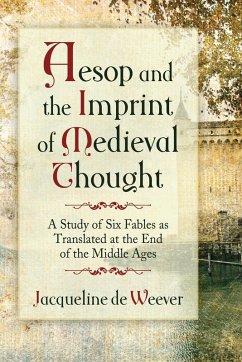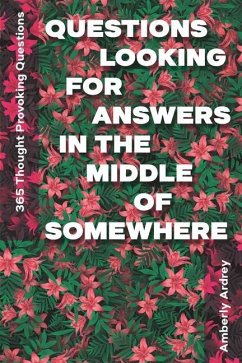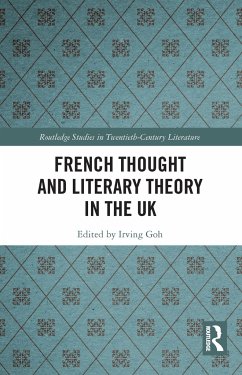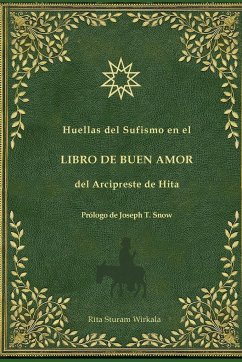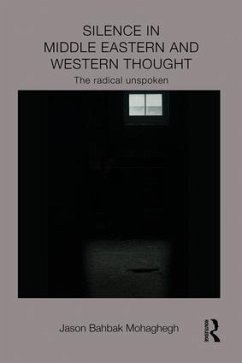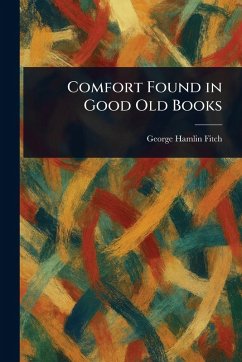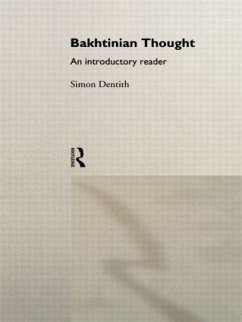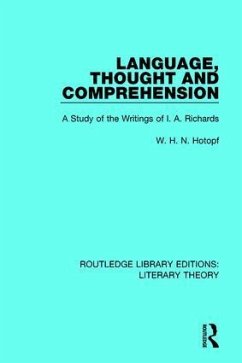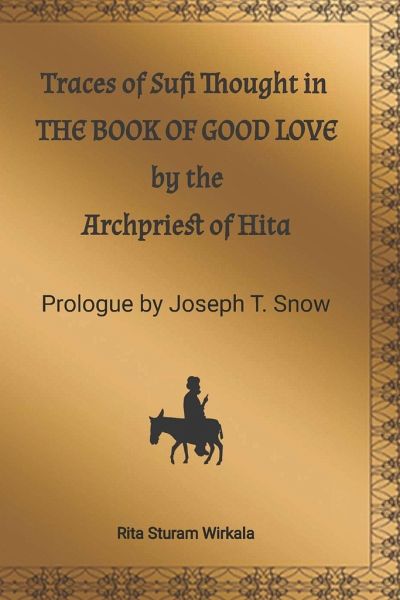
Traces of Sufi Thought in the Book of Good Love by the Archpriest of Hita
Versandkostenfrei!
Versandfertig in 1-2 Wochen
21,99 €
inkl. MwSt.

PAYBACK Punkte
11 °P sammeln!
These pages provide another reading that could elucidate some of the Book of Good Love's most insoluble enigmas by comparing its primordial aspects with others inherent to the literature produced by Islamic mysticism. The fundamental point of this proposal is the double similarity - in theme and techniques - between the text of the Archpriest of Hita and Sufi literature. On the one hand, we have a common theme that is an attempt and a failure, outlined in the repeated amorous adventures and misadventures, both of the Archpriest and of the one who embarks on the so-called Creed of Love (evoluti...
These pages provide another reading that could elucidate some of the Book of Good Love's most insoluble enigmas by comparing its primordial aspects with others inherent to the literature produced by Islamic mysticism. The fundamental point of this proposal is the double similarity - in theme and techniques - between the text of the Archpriest of Hita and Sufi literature. On the one hand, we have a common theme that is an attempt and a failure, outlined in the repeated amorous adventures and misadventures, both of the Archpriest and of the one who embarks on the so-called Creed of Love (evolutionary Sufism); and on the other hand, the narrative techniques of the author of The Book bear a strong resemblance to that of the Sufi texts. From this reading, The Book would have a highly metaphorical meaning and a didactic objective, although it is an indirect and unconventional didacticism. First of all, this book gives a brief overview of the main figures of Sufism (Al-Ghazzali or Algazel, Fariduddin Attar, Najmuddin Kubra, Hakim Sanai, Saadi of Shiraz, Hakim Jami, Hallaj, Suhrawardi, Junaid, Abu Nasr al Farabi, Omar Khayyam and the celebrated Jalaluddin Rumi) as well as the historian Ibn Kaldún. It then deals with the presence of his schools in the peninsula, among Hispano-Arabs (Ibn Masarra, Ibn Bajja or Avenpace, Ibn Tufayl or Abubacer, Alfarabi or Alfarabius, Al Kindi, Ibn Rush or Averroes and ibn el Arabi); Hebrews (Bahya ibn Pakudah, Zadiq of Cordoba, Yehuda Halevi, Solomon ben Gabirol or Avicebron, Moses ben Ezra of Granada, Samuel ben Tibbón, Simtob ben Falaquera, Abraham Abulafia, Moses ben Maimon or Maimonides of Córdoba, or Kabbalists such as Moisés de León ) and Christians (Fra Anselmo de Turmeda, Raymundo Llul); of poets such as Saint Teresa of Avila and Saint John of the Cross, and other cultural aspects that could have been a source of inspiration for the author of The Book. Next, a comparison of The Book with several medieval texts influenced by the so-called "perennial philosophy" is presented. The first group of them (texts such as the Calila e Dimna, the Arabic Maqãmãt, the Masnavi of Rumi, and others) share with The Book a very particular didactic method, called "indirect," based on the plurality of meanings, intentional ambiguity, humor, and surprise, all techniques aimed at questioning mechanical modes of thought, in order to cultivate a mental mode to achieve the development of the so-called higher perception organs. The second type of material, which serves as the comparative study of the topic of love and search, focuses on the female figure of the love lyric before and during the time of the Archpriest of Hita, of Udhri, courtesan, and mystic origin. Finally, the philosophy of the Archpriest is analyzed in the face of the dilemma of predetermination vs. free will, which coincides with the position of the schools of inner knowledge that flourished within Islam and whose premises are closely linked to the theme of obtaining a higher consciousness. Reading the text from this perspective shows that the adventures of its protagonist and his repeated setbacks are an allegorical representation of loving desire, as are the setbacks and restlessness of the "Seeker of Truth."



